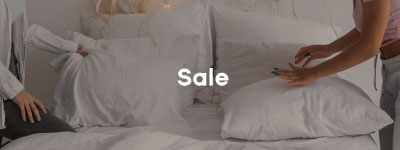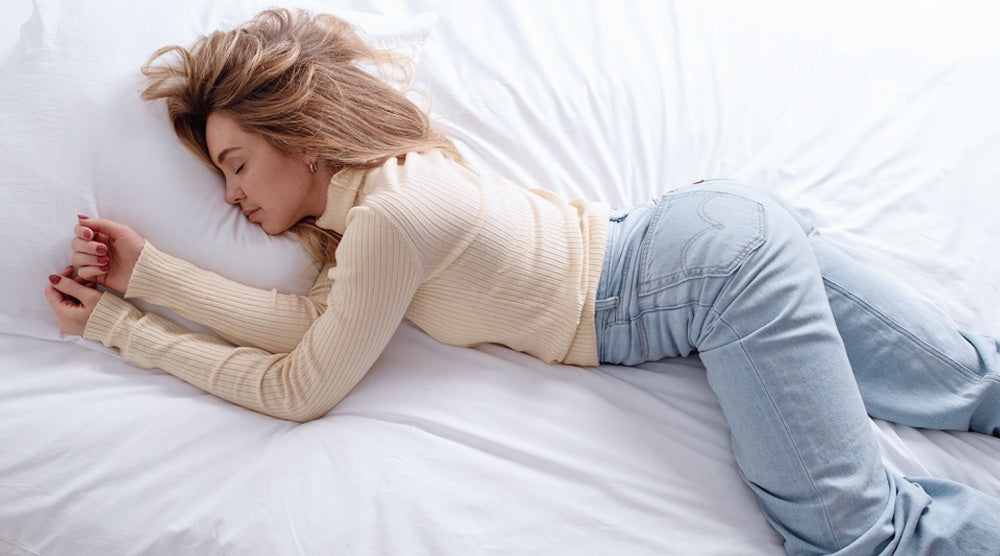Assuming no health or pain conditions, one of the best sleeping positions is to lie on your back with a small thin pillow supporting your head and neck. For most people, this gets your spine in a rather neutral position. Make sure your pillow is not too high as that can put too much pressure on your spine.
For people with lower back pain or tightness in the hips, it may also be helpful to have a pillow underneath your knees to take the pressure off your spine, giving your hip flexors some slack.





